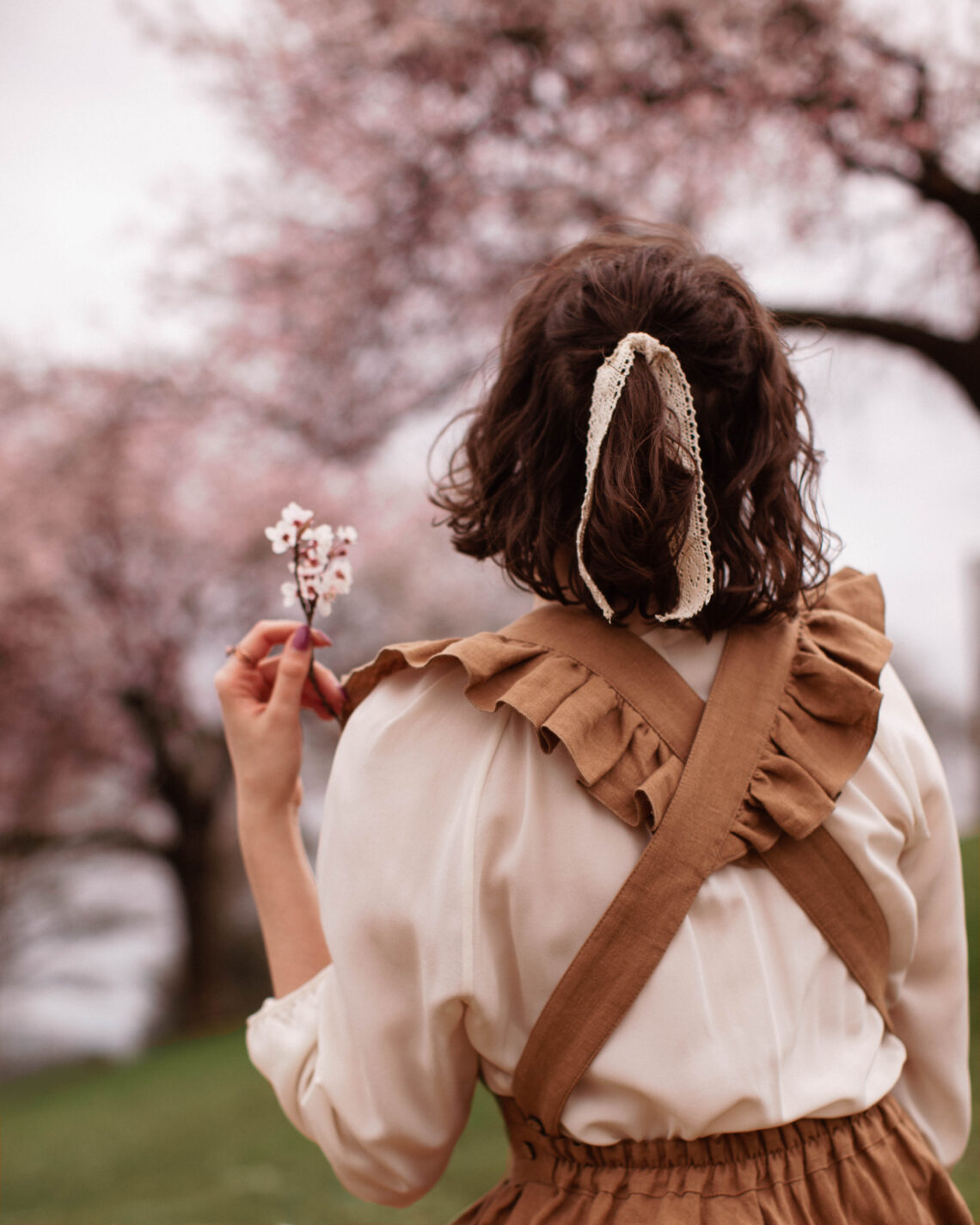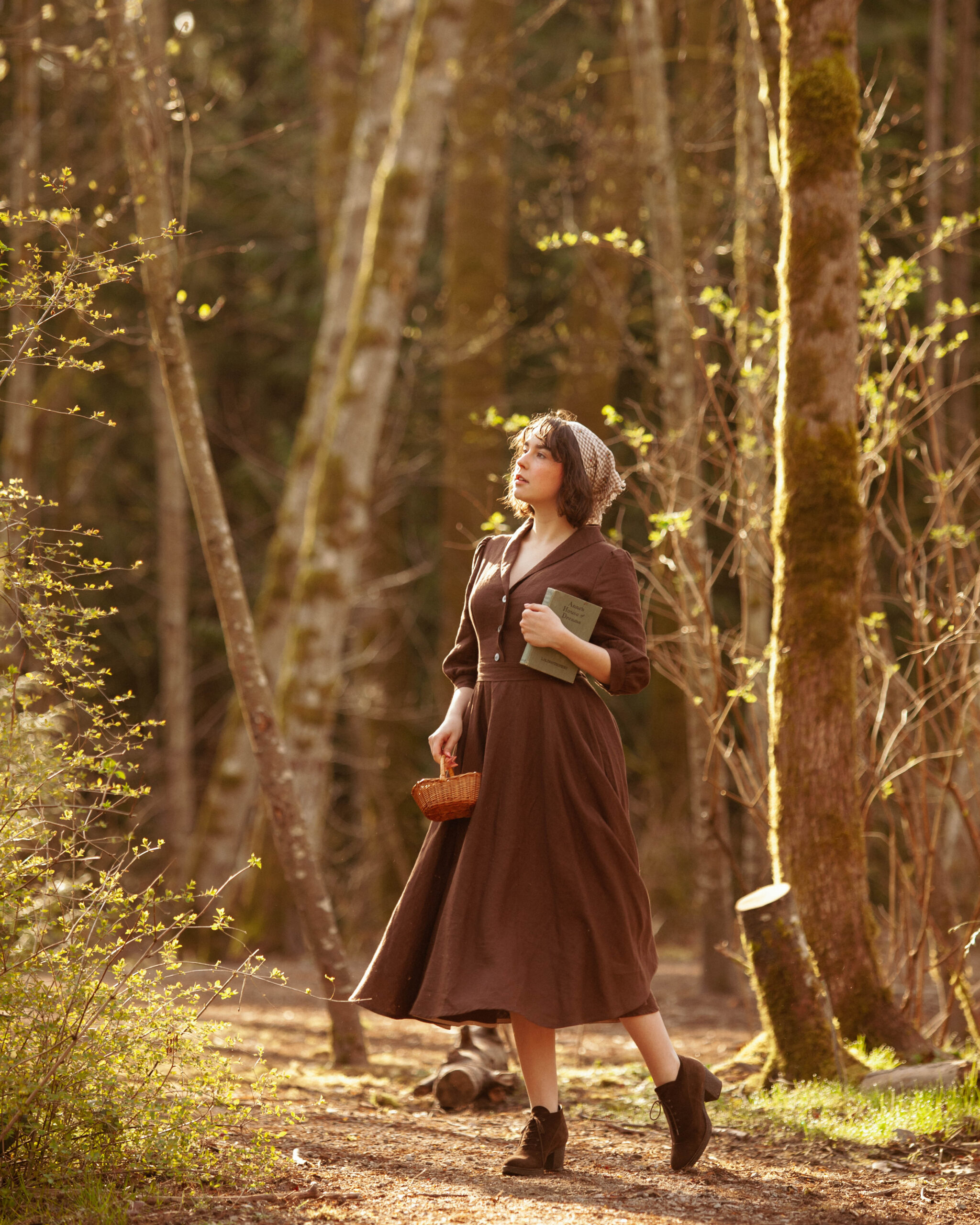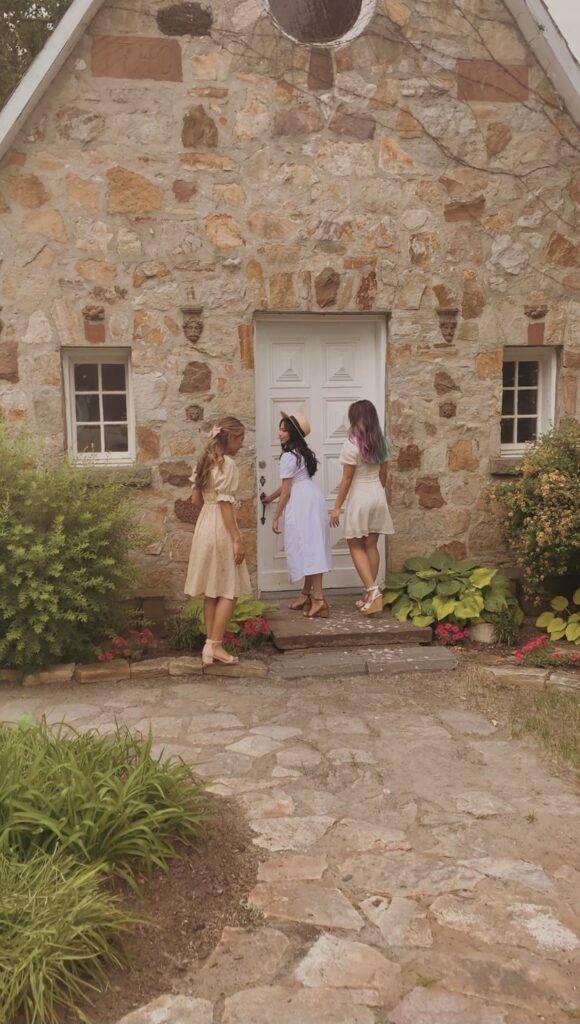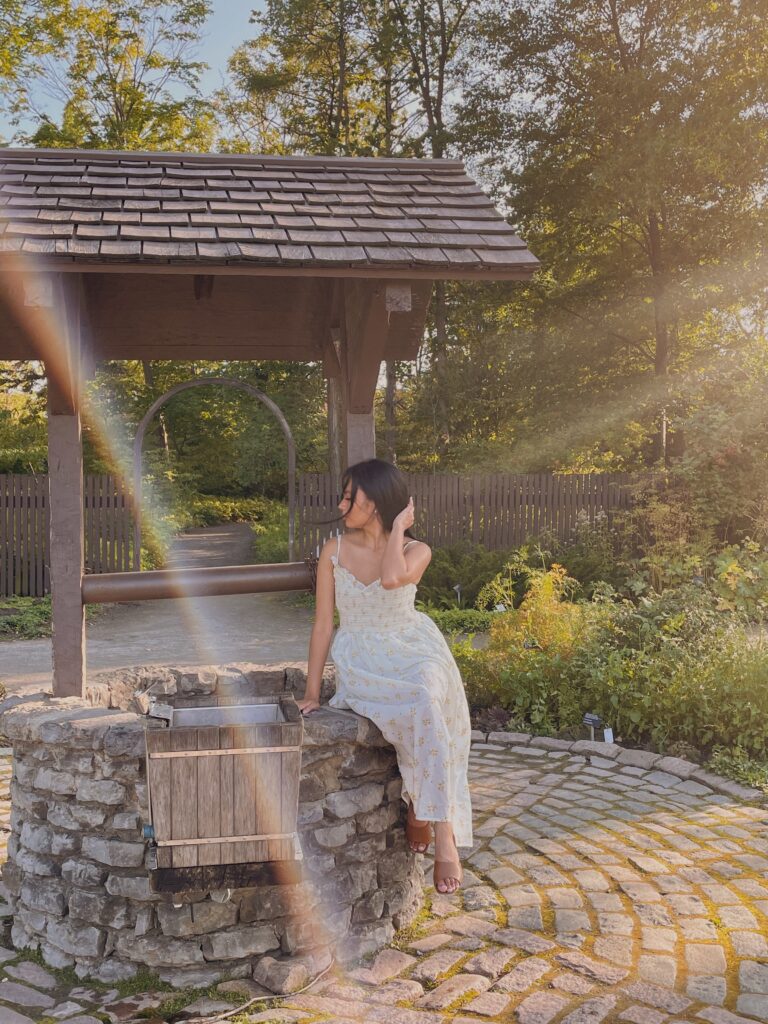
The return to a slow life: explaining the cottagecore trend
Anna Shishmanov loves to encompass the joys of being an imaginative kid again, exploring her backyard and local forest in search of mushrooms, flowers and new plants to study. Back at home, she continues to cherish each moment through handmade hobbies such as baking and knitting.
This aesthetic lifestyle was coined by Tumblr in 2018 as “cottagecore.” The emerging trend is best described as bucolic, relating to the simplicity of a slow and self-sufficient countryside life. It romanticizes overgrown plants, wildflower fields and loose vintage fabrics like gingham and floral print. It brings upon a feeling of coziness, in contrast to the loud and busy hustle culture of cities.

On Pinterest, a search for cottagecore features endless pages of people wearing flowy dresses with wicker baskets looped over their arms, enjoying a picnic in a meadow while basking in the glow of a sunset; like a scene straight out of a fairy tale.
On her Instagram, Shishmanov shares her slow life through romantic sepia and rustic tones amidst a forest backdrop. She hopes to temporarily bring her followers back to a warm memory of their childhood, playing among the grass with nothing but their creativity.
Even though Shishmanov lives in Vancouver, the cottagecore aesthetic always finds a way back to her. “It doesn’t matter where you live,” she says. “All you need is a spot of nature and yourself in your most comfortable flowy clothes.”
Cottagecore as a mindset
Shishmanov says that she has learned to be more patient since adapting to the slow habits of cottagecore. She takes time to appreciate hands-on activities that would otherwise seem tedious, like bread baking rather than running to the nearest store. Over time, it has become a healthy habit for her because it does not force her to live a life of immediate gratification.
Jael Opendo, another cottagecore-inspired content creator from Montreal, says that this is the first time a trend has not made her feel pressured to wear the next designer bag on social media. When reflecting on her pre-pandemic life, she says that she was always looking anxiously towards the future for the next best thing.
“For me it has shown that cottagecore is not just a trend but a state of mind,” says Opendo. “It is about being present and choosing to not listen to all the noise.”
Opendo has found that this mentality has improved her self-esteem significantly. By learning to stop taking on too many responsibilities, she is going for walks or exploring more often. Simply spending time outside is helping her learn to appreciate herself and her time.


“It’s a sort of main character mentality,” she says. “I didn’t have that before. Now I find myself getting motivated by realizing that I am the main character of my own story.”
On Opendo’s Instagram, she is inspired by the seasons. For the summer, she creates dream-like photos on a sunny day with light fabrics, yellows, pinks and open fields. She aims to show that cottagecore does not limit anyone to one set style.
Cottagecore as rebellion
Before the term “cottagecore” was officiated, many older films and books featured this escapist rural life aesthetic. Films such as Little Women (2019), Secret Garden (1993) and Anne of Green Gables (1985) are classic feminist tales. But all these films have a common theme: a normalized traditional story featuring only white western women.
Dynasty Casanova, a cottagecore-inspired fashion designer in Brooklyn, N.Y., remembers struggling to find herself in this style by having to add “Black girl” to all her searches on Google. When it comes to her favourite whimsical styles, there is little to no Black representation.
“Many Black and brown girls might not get into this [cottagecore] style because there was never representation of anyone that looks like them,” she says. “It’s harmful because we’ve always been in these rustic spaces. It has never been purely European.”
Casanova wants to change the stereotypes of featuring racialized women as aggressive or exotic objects commodified by the media. Growing up, she felt isolated from the lack of representation of Black women in feminine roles like princesses. “We can be soft and we can be feminine,” she says.
Casanova’s cottagecore designs are inspired by the nostalgia of traditional Latina dresses and nightgowns in pastel colours, as well as off-shoulder or puffy sleeves with soft, stretchy and sustainable fabric customizable to all body types.
Her muses tend to be Black and Latina women with unconventional beauty features. She hopes to celebrate their stories in her designs and that her clothes can be a reminder that there is a space for all of them in any style.
Trends often come and go, but the timelessness of cottagecore is what makes it stand out from the rest. It continues to evolve and branch out to other subcultures, like dark cottagecore or fairycore. On social media, cottagecore influencers pull users into an ethereal fantasy made of pressed flowers, honey and calligraphy. But its main elements of traditional simplicity, nature and finding one’s inner child will always be here to stay.
About the author
Rebecca Benitez-Berona is a reporter at Youth Mind. She is passionate about social justice, creative writing, reading poetry and youth mental health. When she is not writing, she is exploring nature or trying out yet another new bubble tea shop.







